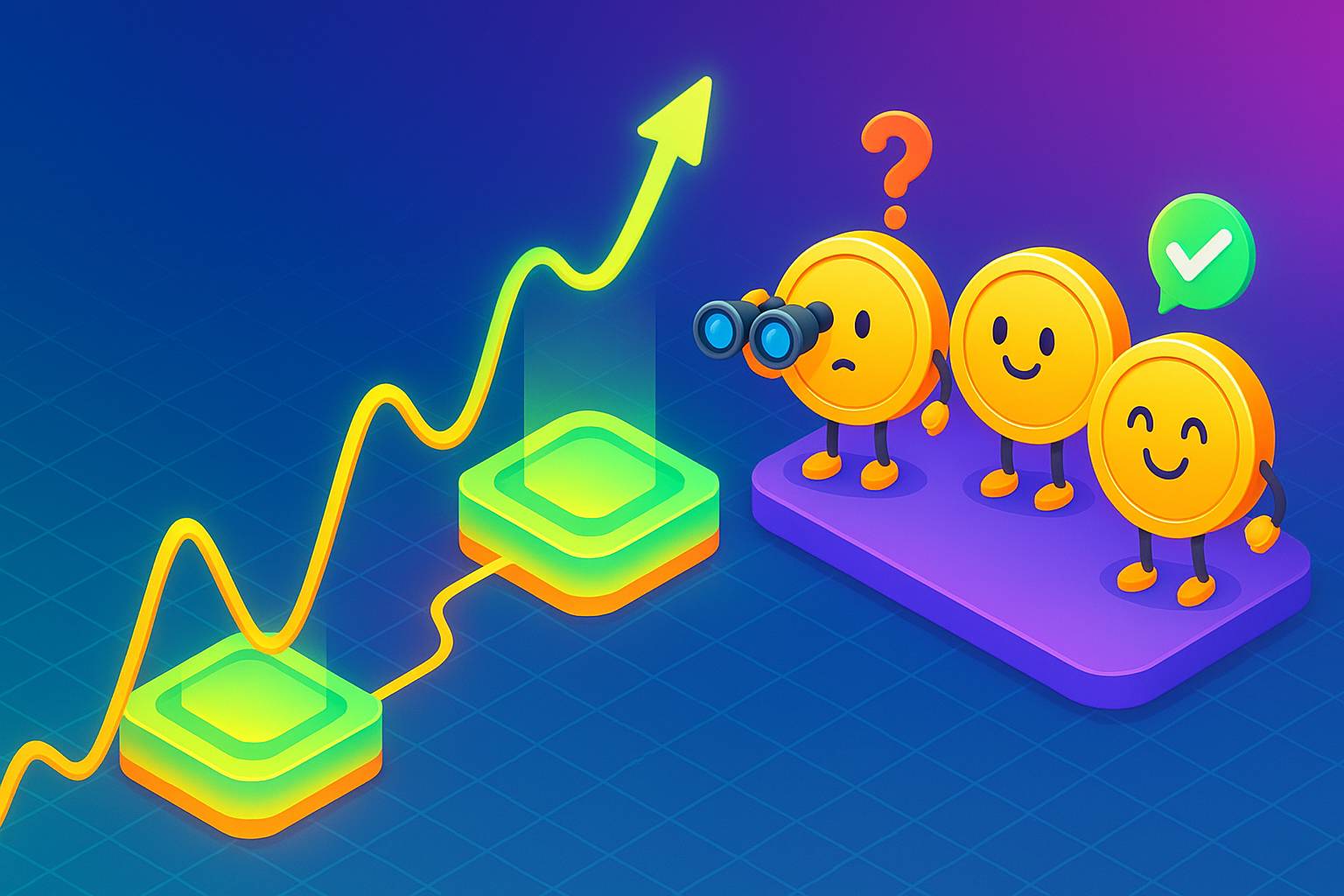Table of Contents
- Quick Overview - Public Blockchain
- Understanding Public Blockchains
- Distinctive Qualities of Public Blockchains
- Absence of Central Control
- Full Transparency
- Unrestricted Participation
- Permanent Record
- Consensus Protocols
- Applications of Public Blockchains
- Monetary Transfers
- Logistics and Supply Chains
- Election Integrity
- Decentralized Software (DApps)
- Obstacles for Public Blockchains
- Scaling Difficulties
- Energy Demands
- Legal and Regulatory Barriers
- Final Thoughts









